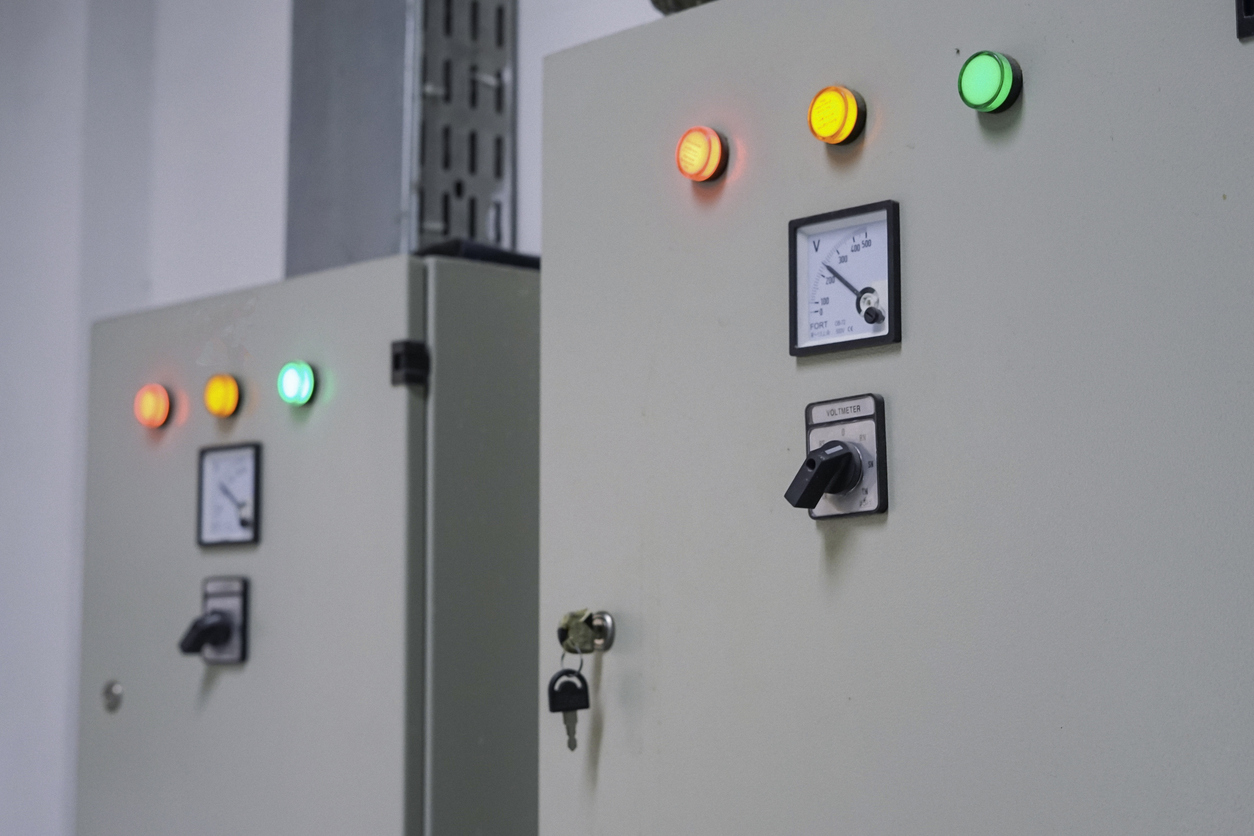Terminals and industrial automation: they go hand in hand. In fact, automated processes are increasingly used to unload ships and trucks. These automated processes are controlled by a PLC: a powerful industrial computer. A PLC like this is cleverly programmed and receives its input from so-called RIO (remote input/output) stations. That’s how the PLC system knows exactly when to execute which command. So a PLC cannot do without RIOs. But what if the current RIOs need to be replaced? What should you consider then? Read all about it in this article.
What are RIOs?
“Rio, de Janeiro, Rio, oh-oh-oh!” Well, when we talk about RIOs, this song might come to mind. But in the world of industrial automation, ‘RIO’ has a very different meaning. In that context, RIO means a remote input/output station. A RIO station supplies the information a PLC needs to do its job. The RIOs are located throughout the terminal, communicate with the PLC and control the pneumatic valve arrays.
Siemens equipment for industrial automation
DWG is a loyal partner of Siemens. That means that we work primarily with Siemens systems. And you will also only find Siemens-certified engineers in our industrial automation department. They are always up-to-date and know how to use Siemens equipment for automation challenges.
Development takes place at a rapid pace in the engineering world. Siemens is also very active in this respect. For example, Siemens replaced their ET200 S RIO system with the ET200SP in October 2020. Another step forward in industrial automation! For us, this was also a signal that it was time to replace the existing RIO systems. Doing so will help us keep on top of possible faults in the future and carry on implementing the latest updates.
Replacement of 45 RIO stations
We replaced 45 (!) RIO stations for one of our customers. Now that we have done so, we can be sure that synchronisation with the PLC will continue to go smoothly. We adopted a careful approach for this engineering project and mapped the situation from top to bottom. This work was needed to ensure that we had a clear understanding of the implications of replacing the RIO stations. After thorough investigation, the following came to light:
- When replacing the RIO stations, we would also need to replace the ‘Burkert’ valve arrays.
- The communication links between the RIOs were unreliable and needed to be replaced with a multi-strand fibre-optic link.
- A transition from the ‘profibus’ communication protocol to ‘profinet’ would be needed.
- Replacing all the RIOs was such a big job that we would have to carry out the work in phases.
At DWG, getting a good idea of the task the customer has in store for us first is standard practice. So we started with a basic engineering assessment. This showed what the scope would be. We then based our quote for the migration on that information. The quote included project management, detail engineering, materials, installation work and panel construction. In other words, a project from A to Z!
The automation solution
The basic engineering assessment was followed by the detailed engineering phase. On completion of this phase, we recommended installing two fibre-optic rings. The new RIOs would be able to communicate with each other and with the PLC via these rings. The first ring would be used for the tank pits; the second ring would primarily be used for the pipe bridge, the remaining tank pits, the pump rooms and the loading stations.
Are the Siemens RIO stations in your plant also in need of replacement? And do you still need pointers about everything you need to consider when converting RIOs? Let us summarise the essentials for you:
- Install fibre-optic patch boxes;
- Test communication in the event of a power failure;
- Purchase the materials and equipment;
- Perform a factory acceptance test, and
- Upgrade the current RIOs in phases.
Need help? We will be happy to give you a hand. For example, we will carry out a basic engineering assessment to map out the current situation. And that’s not the end of the story; we will also propose a number of solutions to help optimise the automation technologies. After all, at DWG we have substantial experience and in-depth knowledge about automation solutions. As a result, we are considered a reliable partner by many customers. Would you like to know more about what we can do for you? Contact us if you do!
Interested in a meeting? We'll be happy to oblige!
Are you looking for software or hardware specialists? Or a consultant who takes the time to help you get to the bottom of your issues? We would love to hear your story! Simply contact us for a productive meeting over coffee.



